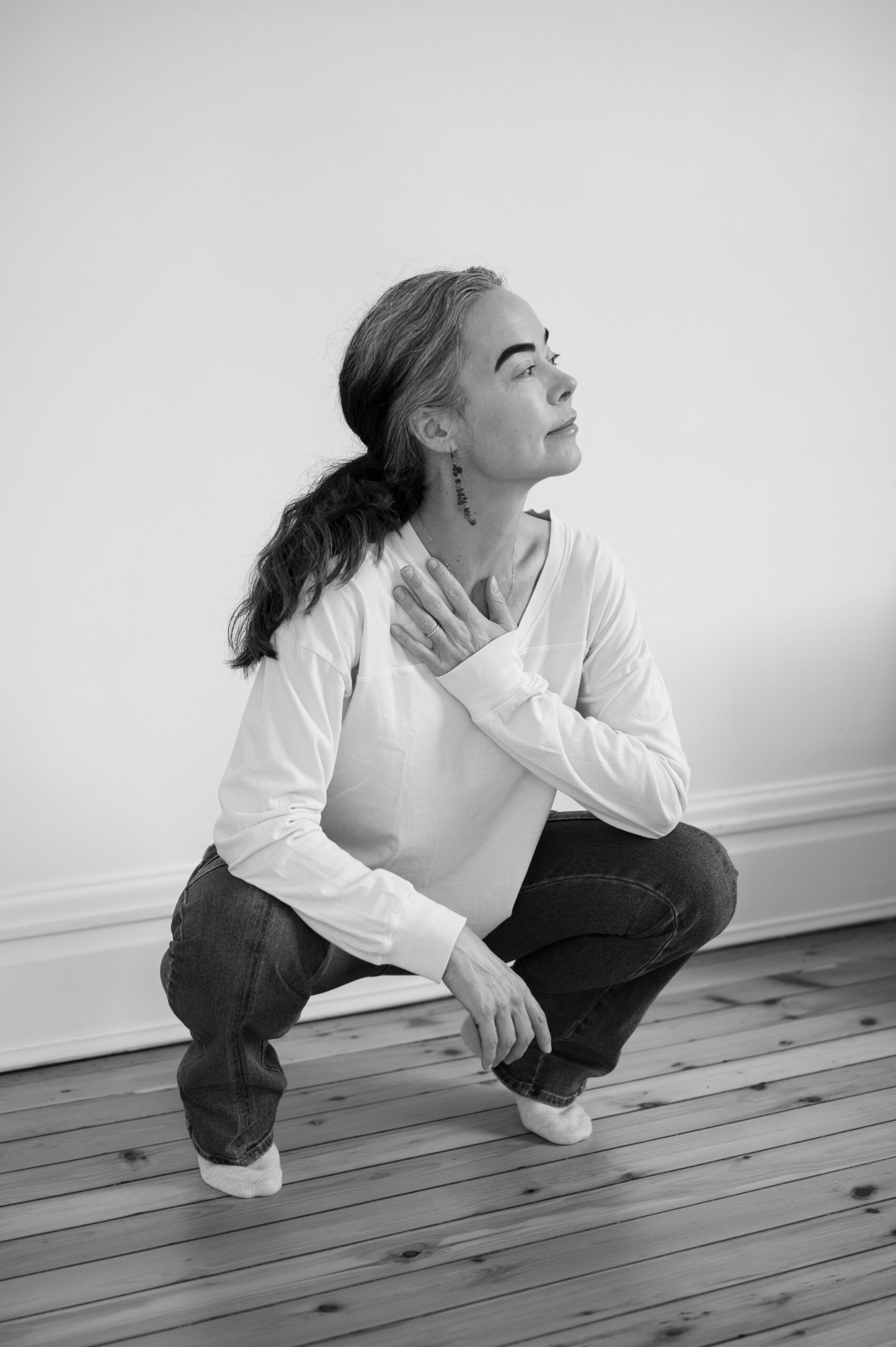the latest articles
When faced with the decision about divorce, it can feel like one of the most overwhelming and confusing experiences of your life. I know I have been there, twice, actually. When we reach that crossroads in our marriage—the moment where staying together feels as impossible as leaving—it can be one of the most overwhelming and […]
Feeling stuck deciding whether to stay or leave? I felt so incredibly lonely and isolated when I was deciding whether to stay or leave my first marriage. It seemed like there was no one I could really talk to about this decision. Sure, I could complain, vent, and seek validation for how miserable I felt, […]
Hi, I'm Tanner, the founder and channeler of CPTSD Medicine. From my home in Western Pennsylvania, I guide adults with unresolved CPTSD to unburden trauma energies, clean up their relational fields, and radiate their inherent healing power. As a former professor of education and a current Level 3 IFS Practitioner, my mission is to set as many humans free from the cage of CPTSD as possible.
Meet Tanner, founder of CPTSD Medicine
My approach empowers you to reclaim your sovereignty and lead your life with clarity, intention, and confidence.
A practical guide offering simple steps for stabilizing intense emotions quickly—restoring a grounded presence in moments of overwhelm.
PUT THE FLOOR BACK UNDERNEATH YOU
STOP SPIRALING IN 5 MINUTES

